From the time I started my design company, I was sketching designs for clients. It was the only way that I could translate what they were telling me they wanted into a picture that we both could see. The old adage: “A picture is worth 1,000 words,” worked wonders in my company. And amazingly enough, I didn’t much more thought to sketching.
Then I started doing it regularly as I was building up my clientele, and something else happened. It occurred to me many times, while I was sketching right in front of them, I was working out design problems in real-time while sketching a visual example for my clients. There was more to sketching than merely communicating with my clients. Sketching was the way that I could work out tenuous, iffy, sometimes impossible design scenarios and since it was in real-time while I was sketching, I could say, “This design is going to require a side-opening unless we change the design a little like this.” I’m sure it made me look incredibly knowledgeable and a whiz at designing that I could figure out the problems and solve them on the spot. I needed the business when I started, so I didn’t correct them, and accepted their compliments, and went on down the road.
Teaching has taught me the incredible value of sketching and once again reaquainted me with the wonderful resource that sketching can provide in problem-solving designs.
Here’s how this works
So the shirt on the right was intriguing to me, but at the same time, I saw a lot of problems. There is NO fit in the body, so that’s trashed instantly. That presented it’s own problem because if the bodice is fitted, (and this is a woven, not a stretch top), then how am I going to get my shoulders and fanny through that fitted waist? The answer is two things: 1.) I wasn’t going to get it past that waist, or 2.) I was going to have a bigger opening. But the collar was kind of interesting and I still liked it – enough to mess with the design. I think I liked how big and floppy and how it framed the face really well. But there has to be some massive support to get that to flow that way. Yes, this is linen, but still I’ve done enough linen collars to know that they can be floppy-sad, or floppy-chic, and this looks like the possibility of floppy sad. The other thing that bothered me is that I have a thin-bird neck so I have to be careful about how much of my neck to expose, so that opening is a little bare for me.
But I’m still looking at it which tells me that there’s something to this. So I pull out my croquis (no that’s not the latest Covid variant – it’s an outline of my body and all its imperfections), and start tracing several ideas from my croquis, and suddenly I come up with this one design where the placket is off-center, and comes to the waist (that means I can get in and out of it), and I can put enough support in there to have it flop just right so it won’t be sad and will be chic, and boom, I’m solving problems right and left, and much to my utter amazement, this design turns out pretty cool.
This is based on my woven shirt pattern, so I know it fits, but even more fun, I have some killer acid green fabric that I’ve been dying to draw black outline design on. So what happens if I do the outline design on the trim or placket, and cuff pieces and then put some killer black buttons on it, and just like that I have a stunning outfit – just cause I was literally able to sketch up several ideas, erase some, and re-sketch till I got what I wanted. This is the joy of sketching (or in my case tracing).
Here’s a dream client who’s accommodating, classic, knows what she wants, and is willing to do something a little out of the ordinary. For a very formal affair, where she was going to be on stage with a lot of black tuxedos, she wanted something a little different. I decided that instead of the satin black collar that the gentlemen would be wearing with their tuxedos, that we could do a satin collar (facing) for her beautiful silk peau de soie gown. I wanted it to remain somewhat flexible cause I’m always thinking of different ways my clients can wear their clothing other than the one main event I am designing for. In the sketches, I could show my client how other garments would look really great with the two-piece outfit. This is always a plus, cause this helps them see all the more to the outfit that just one wearing or just one look.
This was another really fun client who came to me because she loved these pants. She found this killer gorgeous linen and wanted to put inserts (like tuxedo stripes) into the pants – I loved the idea. Well, she loved the fabric so much she went back and decided to purchase enough for a jacket. She came back to me and we started toying with different ideas, with the one on the left being our favorite. But as I was describing the design process, she asked if I would teach her how to sew. Well, this was too much fun and I couldn’t resist, so the pants you see I did, but the jacket she did. Here’s another case where once the sketch was drawn and finalized, she saw it perfectly how it was going to look and took off like a storm. She had it made in nothing flat!
Everything Carolina Herrera wears is classic and this is no exception. Although she’s got some tricky things going on in this outfit, she wears it exactly correctly. She’s got dolman sleeves on this top and they can be messy and bulky, but she’s so good at what she does she knows that she has to have a very contained area to counter the flowy-bulky underarm area. So she uses that nice, thick waistband with all the right points and nicely fitted skirt so that the dolman sleeves look just fine. However, for most of us, dolman sleeves are a no-no. It’s just too hard to mess with and yes, it can look great, but it requires a very professional hand and eye.
But that’s not what intrigued me about this outfit. It was the collar, and when I sat down to sketch it, I got even more enamored with it and was positively mesmerized. You may not notice this, because this simply looks like a corner here and a corner there, and poof, comes down to a placket opening, and that’s it. Oh No! The top vertical placket is very wide, while the lower horizontal placket is wide as well (I’m making them the same width). The top collar (horizontal piece) and the bottom vertical piece are a little thinner. The collar in front meets but doesn’t overlap, and the whole thing gives off an Egyptian tunic sort of flare. And I really liked the whole look. This screamed one of those positive/negative type fabrics where maybe one side was mostly positive and the other side was mostly negative, and of course, I would want to match the design so that the only thing that changed was the color, but I’ll have to find the fabric first (I have some Marimekko fabric from the 60s I think – yes I’m that old!).
One of the things that happens so much when I’m sketching like this is that ideas start running amok like crazy in my head. I can hardly get the ideas out on paper before another one appears. If you’re in an artistic funk or dry-spell, then this is one of those sure-cure practices that brings on the muse, and then she starts running amok in your head with gobs of ideas.
I’ve pretty much stopped using sketching as a means to describe to my clients what their garments will look like, and almost do it exclusively because it helps me solve the problems that can arise in a design. What happens with me is that I get this idea of a collar (with me it’s always about the collar), and I’m not sure how to construct it so it will stand right, or flop right or move right or flow right, until I’m sketching it and then I can see it come to life. Sketching is the next best thing to making it up.
This month I created a new Sketching resource for the library to show you how to sketch (OK for you artistic scaredy-cats out there – tracing), and how to get the most out of your sketches to determine what works best for you. It includes everything from the four major body shape croquis, to how to make one of your own body (it’s simple, I promise). From there it’s up to you to start collecting ideas on Pinterest and pull down the ones that are the best. Or just put in <collar> or <sleeves> or <cuffs> or <pants> or whatever and Pinterest will take you into the black hole of creativity!
There’s a whole world waiting for you. Those dream tops or anything else you can think of are simply a sketch (= trace) away!

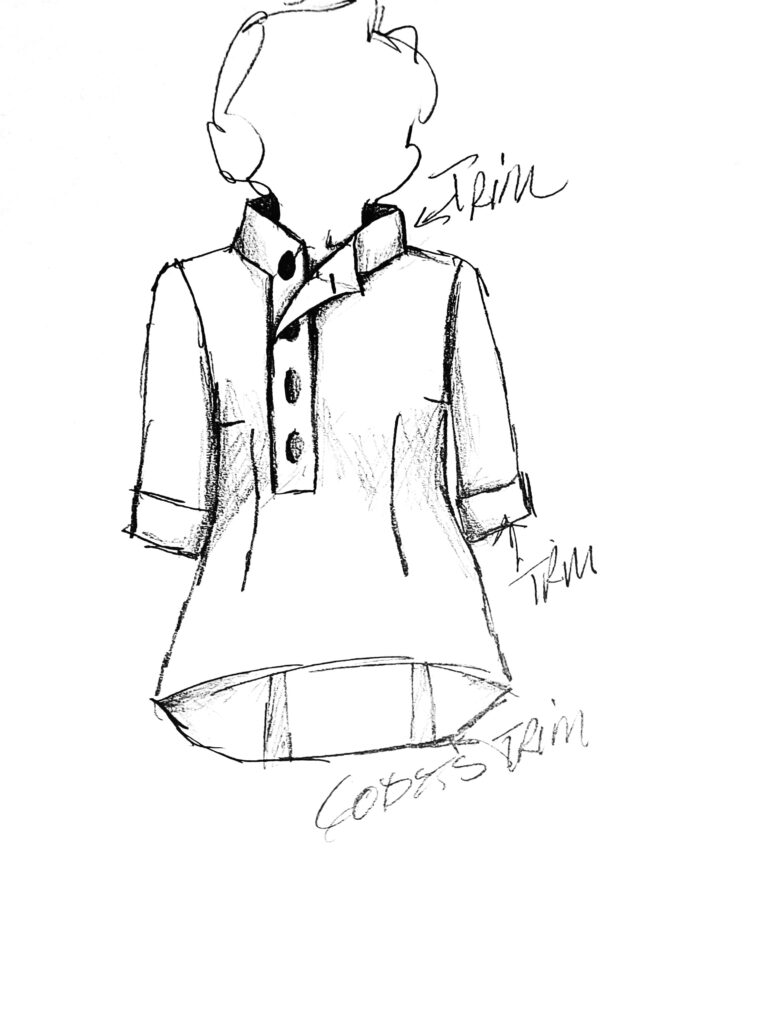
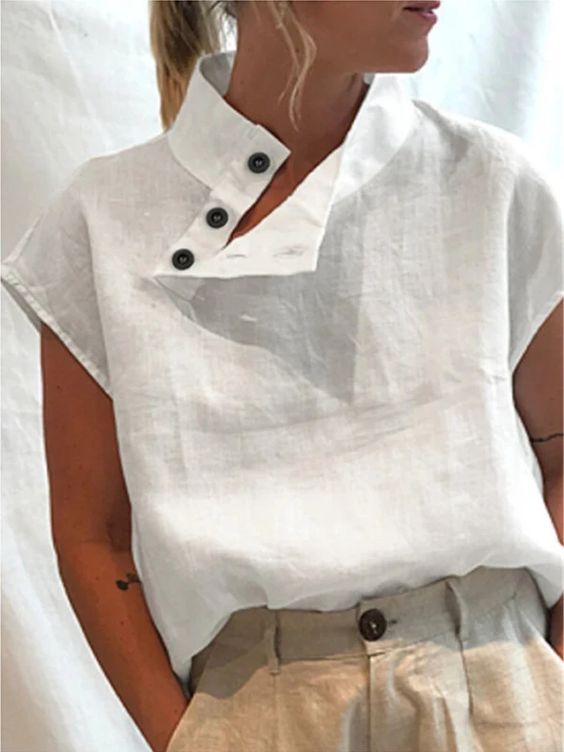
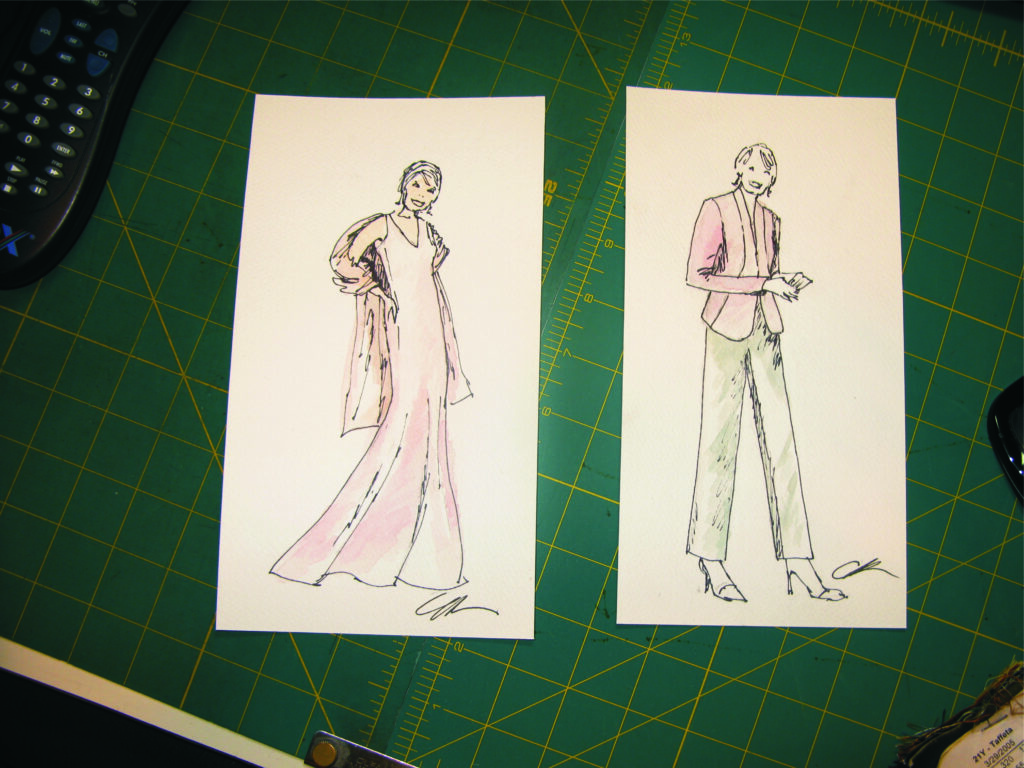
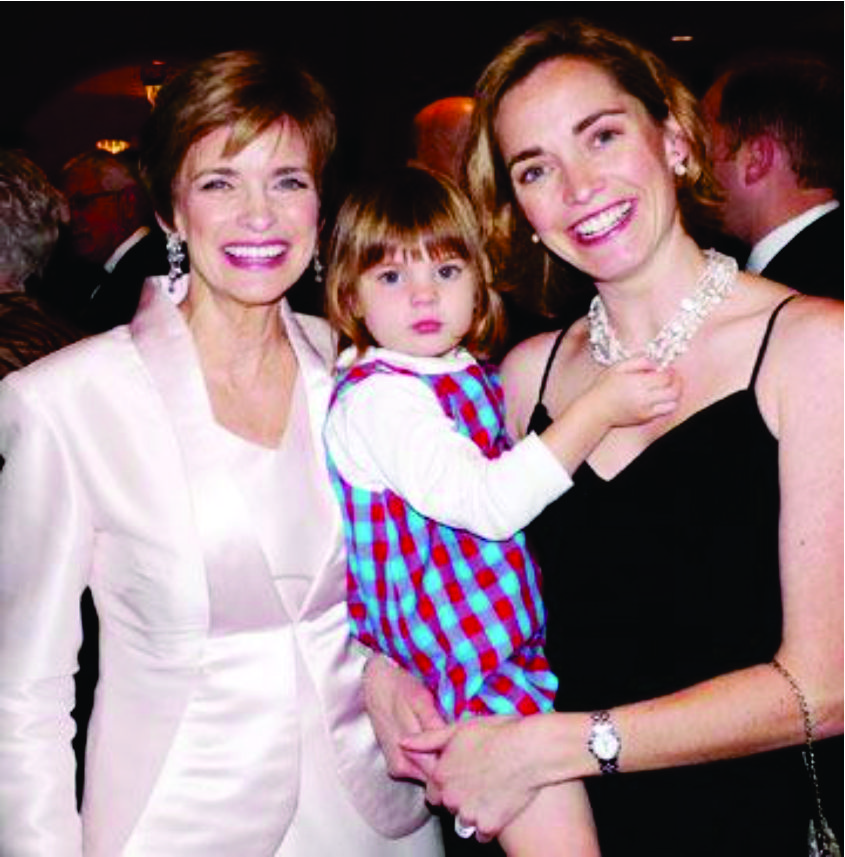
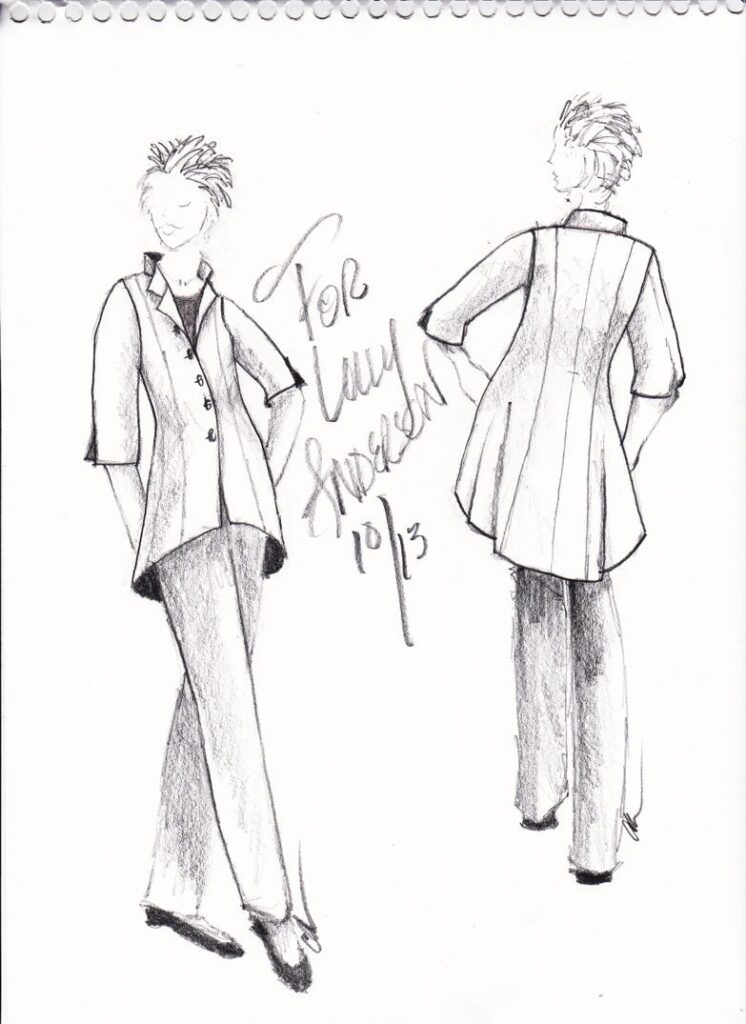
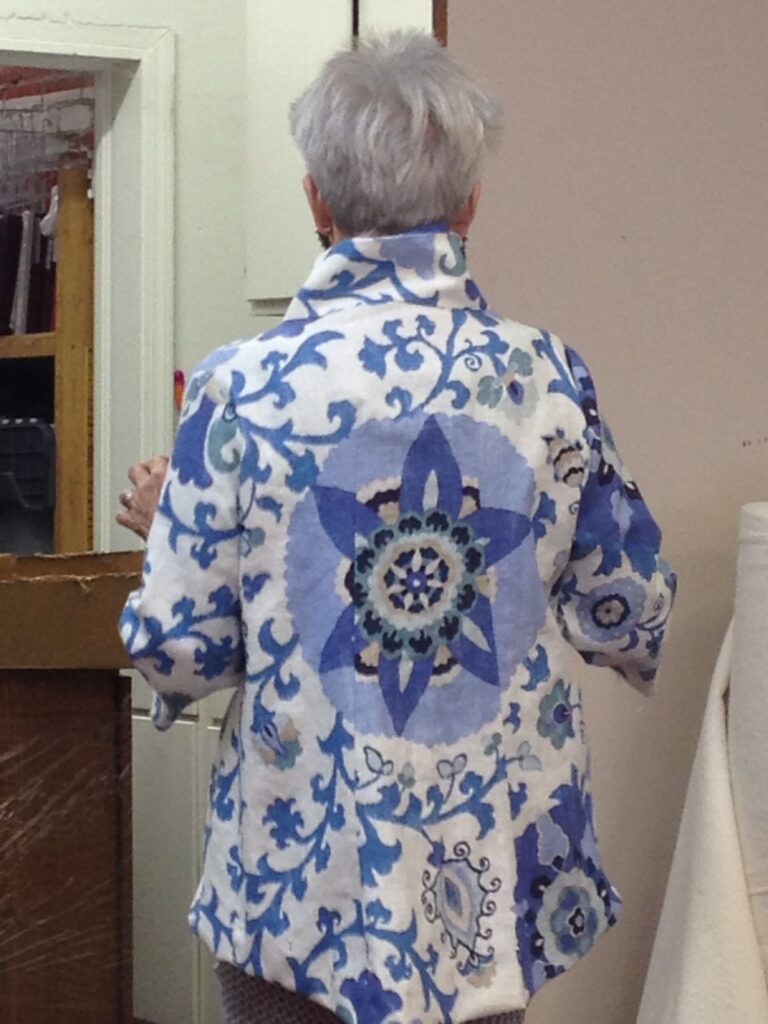
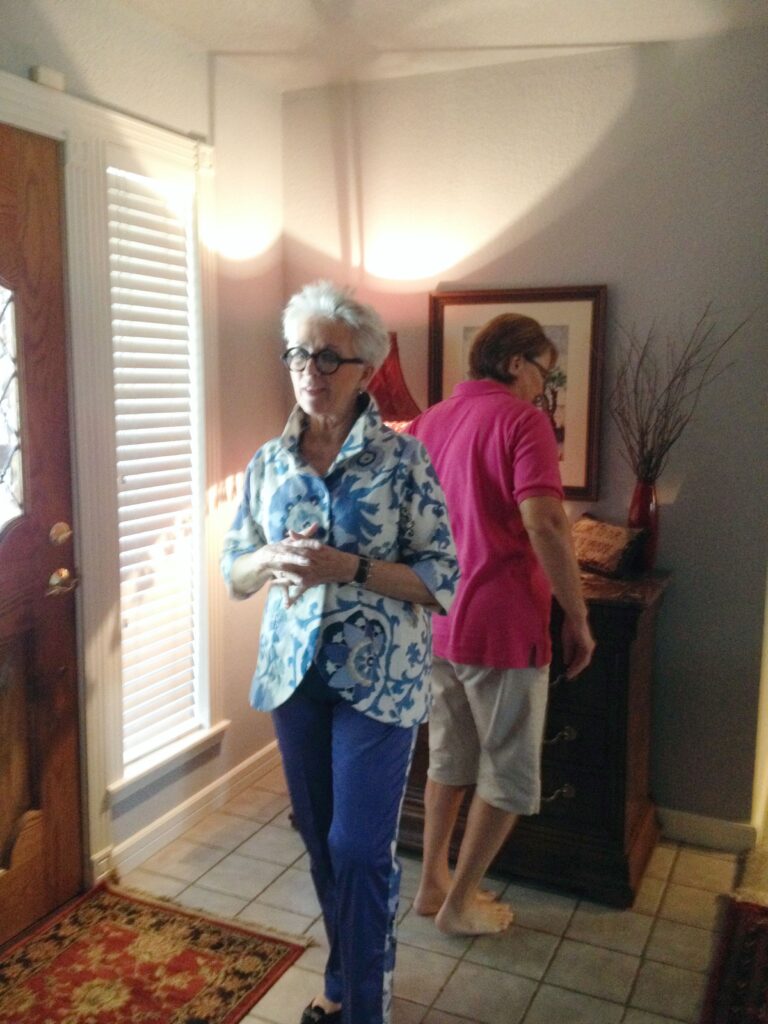
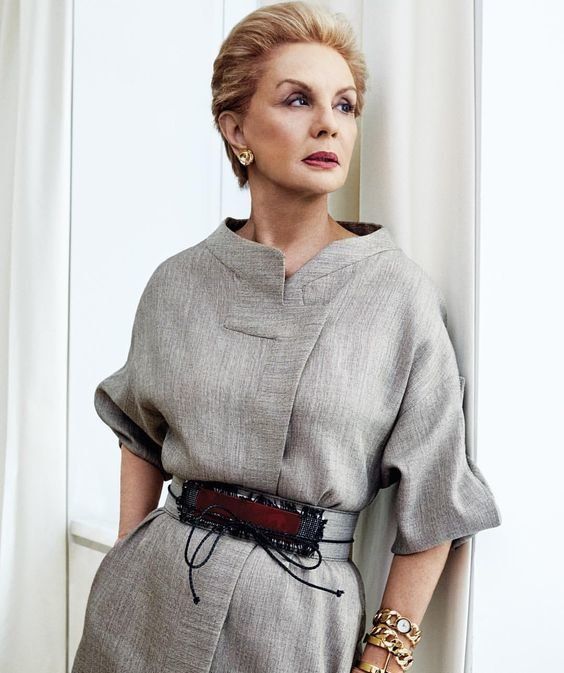
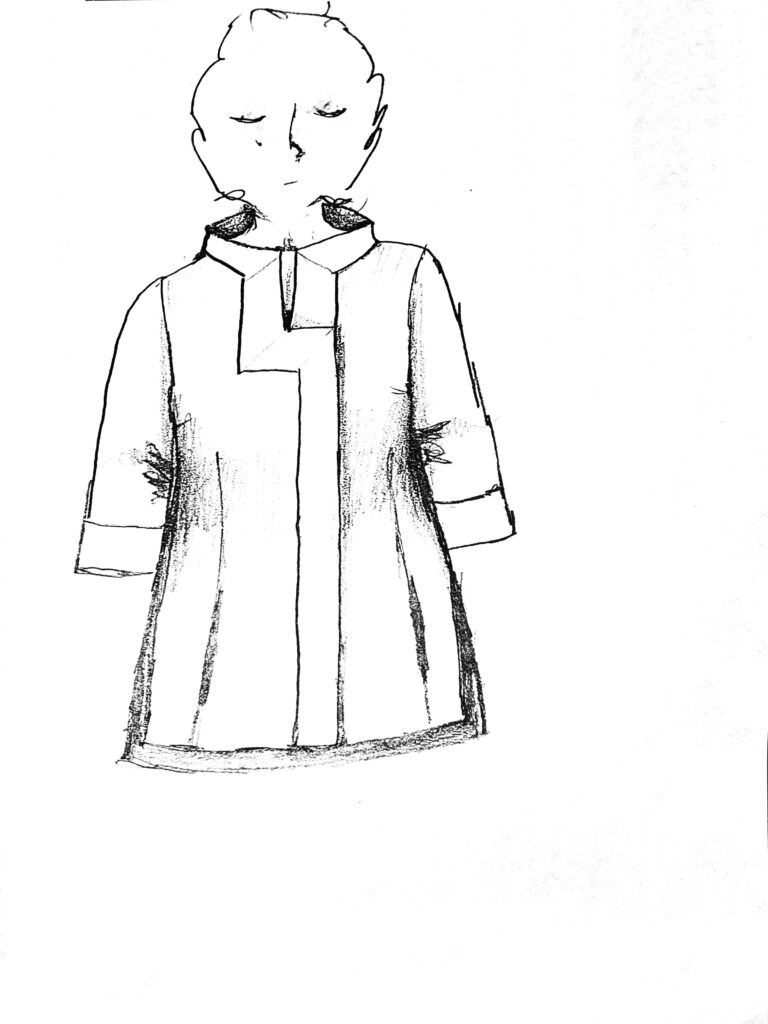
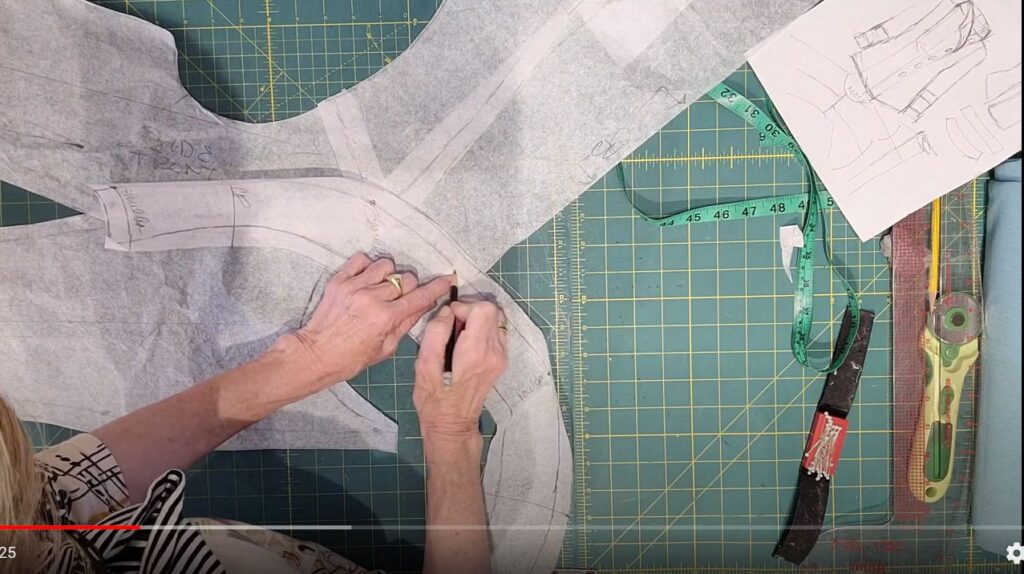
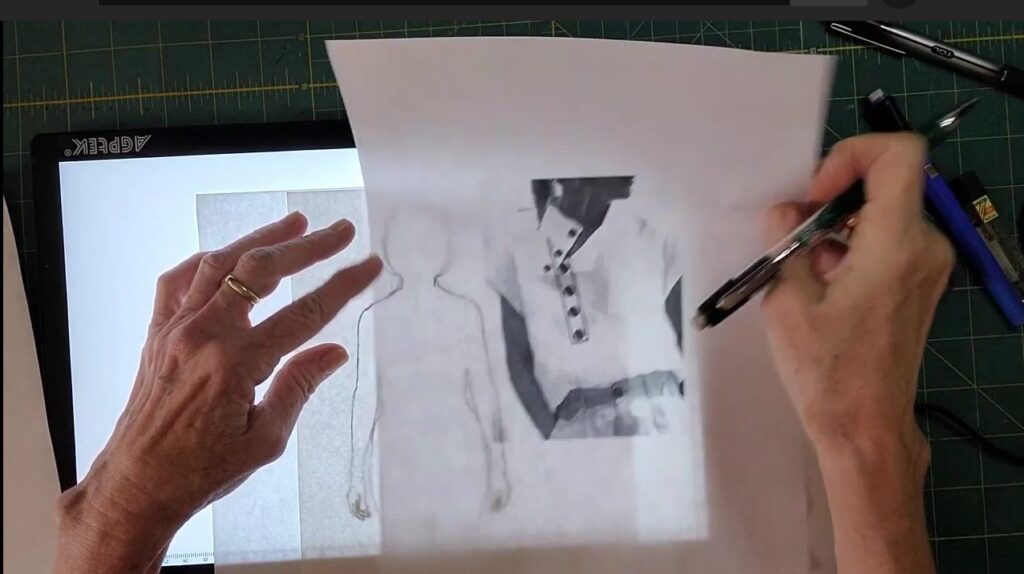
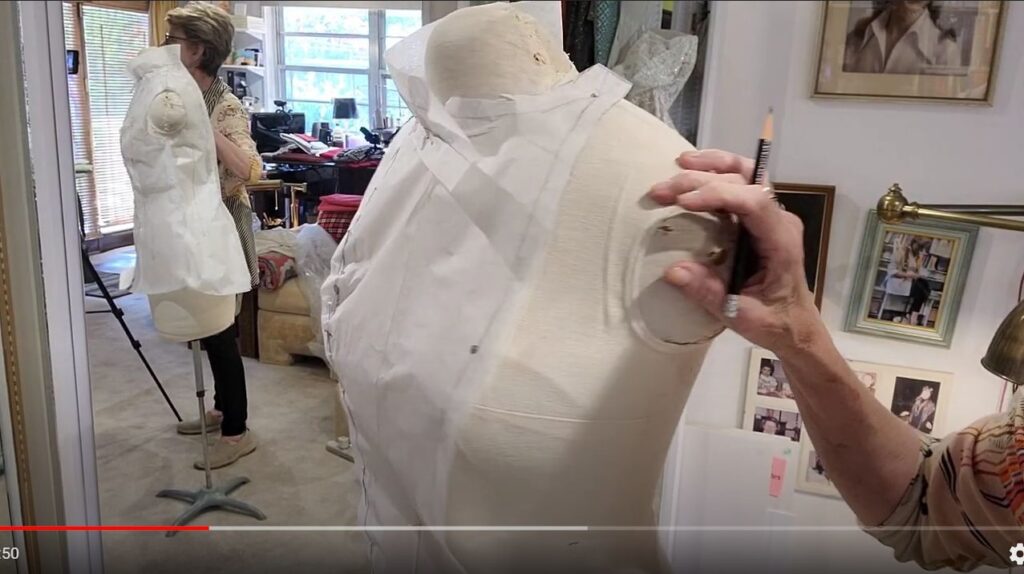
I like your article very much Claire. It makes a lot of sense. Thank you.
It really works. I can’t describe it any other way other than….IT REALLY WORKS. Even when I was doing videos for the Sketching Resource, I was figuring things out and that was a lot of fun. Actually, I got some ideas right there on the spot for some beautiful fabric that has been calling to me all summer! Thank heavens. I was worried I was going to have to put it in the stash room till next summer!!!
Great article, Claire. I’m so excited that I got the whole package you offered. I like to “mess” with ideas that I see and try to figure out which pattern pieces I have that will bring me close to what I want
Now, with that package, I think I’ll be able to figure it all out so I have THE thing I want!
Well, you know what it’s like when you go to the store and try on something and think, “Gee this would be so cool if it closed like this,” or “I would love this if these lines matched here,” or “Wow, this would be so great if this was a little higher or lower!” Those are the things I used to think back when I used to shop (back in the ’60s and early ’70s). This is what hit me particularly hard on that Carolina Herrera top. It looked so stunning on her, but I also know that she used some very savvy tricks to make that work….for her. She used that think waistband, and I’m not too sure of how many folks could use that wide of a belt and have it look good. And that collar stood way far back from the neck. That might be ok for some folks and even the style that looks good on them, but not me. Another thing she used were the shorter sleeves, but if you like longer sleeves (at least 3/4) or you want something full-sleeved, that can get very messy and disordered and be too much fabric for that part of the body. And it wouldn’t surprise me in the least if there was a clip in her back so that the garment didn’t show too much fullness in the back. So there were a lot of things that were very “iffy” about the style. But I liked the general concept of the style.
So making the collar come in closer to the neck, making it a little higher, putting in set-in sleeves (which contains and fits the arm, shoulder, and especially underarm and side seam area, then make that placket thingy so that it would close where I wanted (not too deep, not too high) and boom, perfect top. This top is on my list of things to make and really excited about it.
That’s what is so appealing about sewing to me. To be able to tweak a design like this so that the original design of the collar and placket front, which is a really neat design, and then raise it here, widen it there, and poof, it’s perfect for me! We can all do that to designs like this and make them really sing. And here’s the fun part, taking this and making it up in a solid, then with two coordinating prints (placket and body), and then another fabric type altogether and there are three tops that NO ONE will even suspect is the same pattern. Talk about exciting!